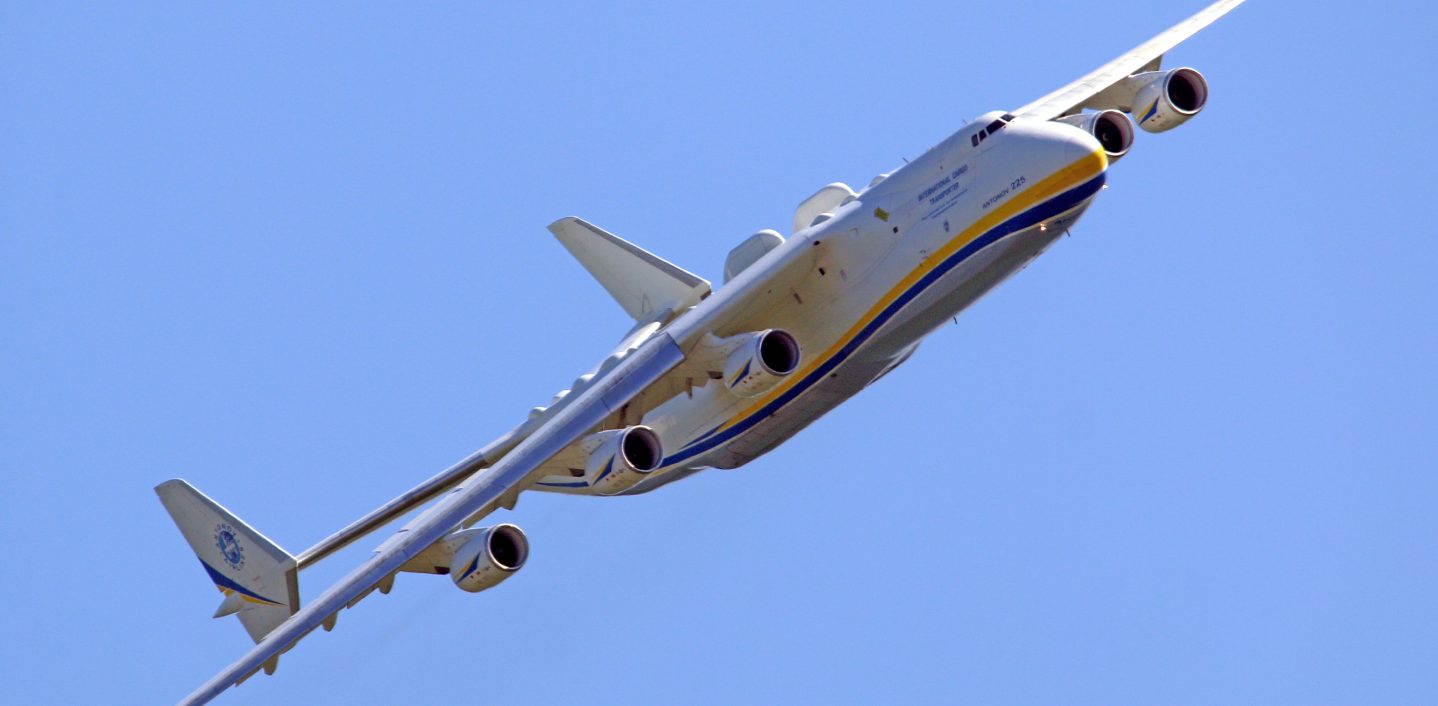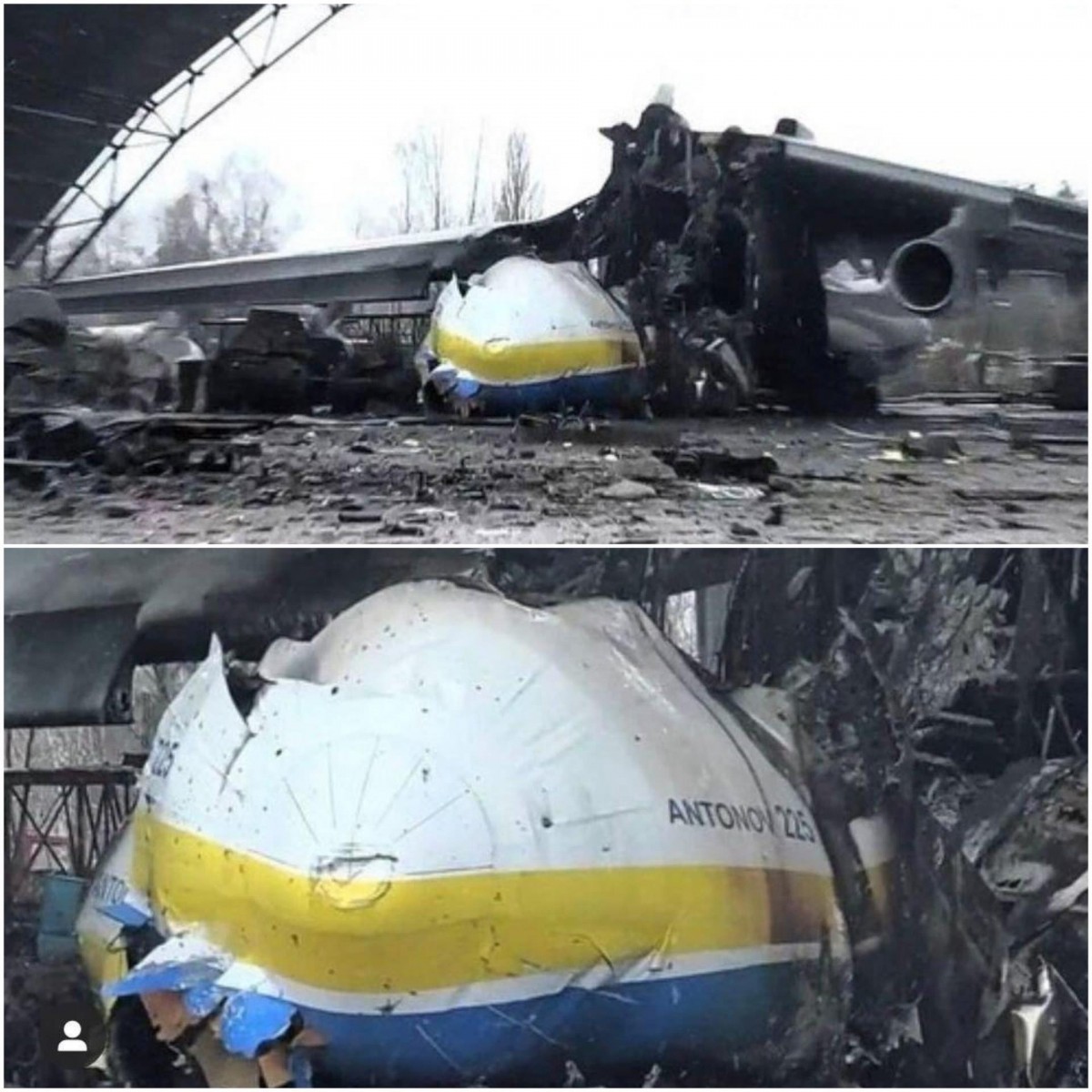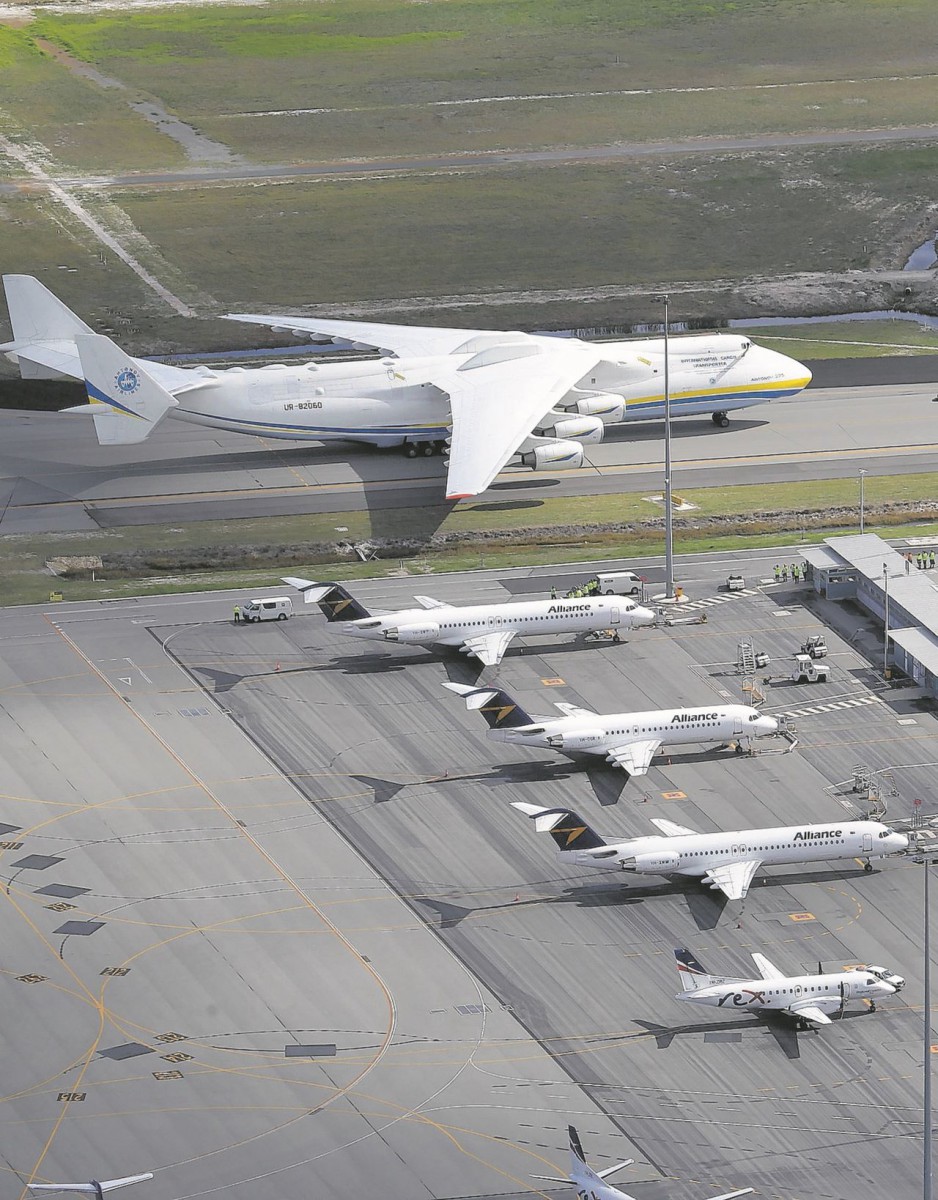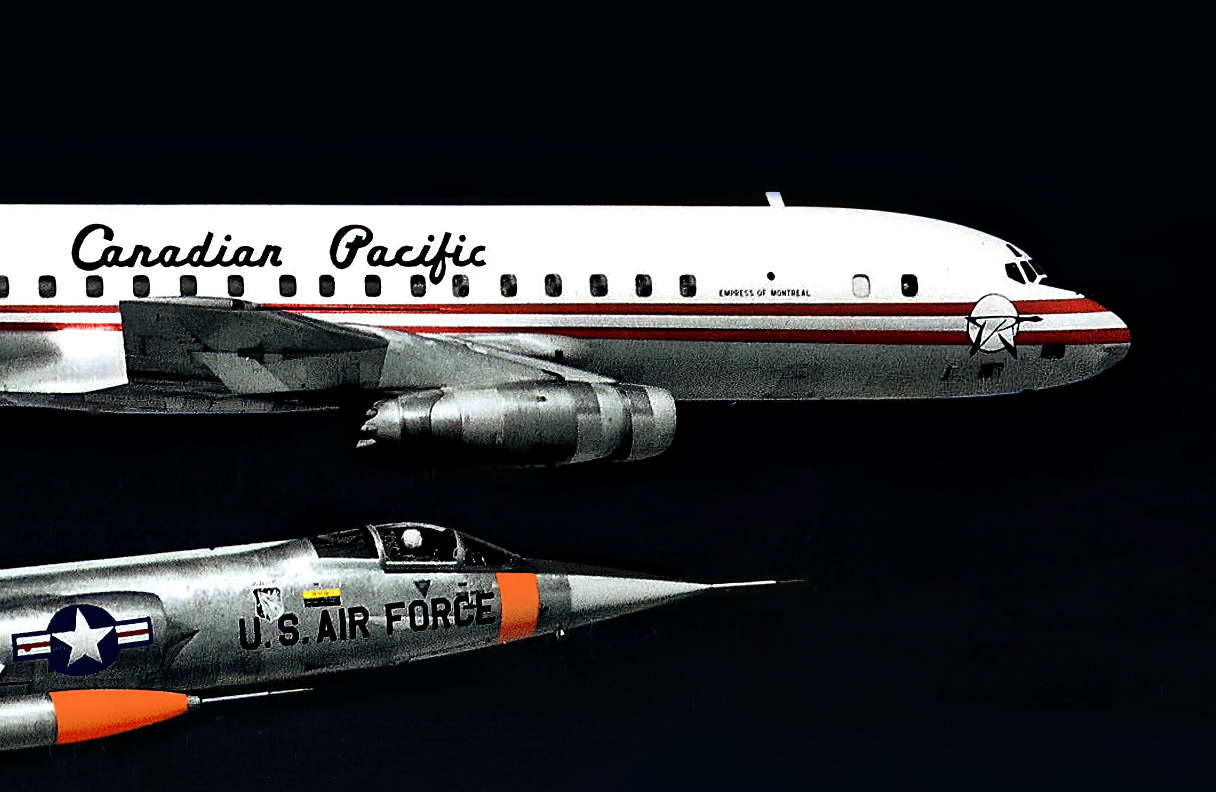Can the giant Antonov AN-225 fly again?
18 April, 2022
4 min read
Industry News

Geoffrey Thomas
By joining our newsletter, you agree to our Privacy Policy


Antonov is considering building a new AN-225 Mriya (Dream) to replace the sole aircraft destroyed by the Russians last month.
In a new post, the company said that "the destruction of the legendary, unique An-225 plane by the Russians became a heavy blow not only for the "ANTONOV" company but also for the entire world community. Therefore, for us, the restoration of "Dreams" is an important task!
SEE the video of the AN225 burning here.
It adds "indeed, some of the basic aircraft planner units are available. However, the new "Dream" should meet modern and promising standards of aviation and be equipped according to the list of tasks it will perform. This will require a large amount of accounting and construction works, selection and purchase of relevant components, trial programs, etc. Of course, this project will be carried out with wide international cooperation, involving leading global aviation companies and enterprises."
"The amount of funding and possibility of use of the An-225 components, which were subjected to destruction by the racists, will be determined by a special commission created under the auspices of the Ukroboronprom DC.
The sources of funding will also be determined by the state. The funds that have already been received to the fund will be used exceptionally for the realization of the Dream Building project."

Antonov has tweeted that "the AN-225 dream will never die" as it responded to an outpouring of dismay for the destruction of the world's largest aircraft.
With its maiden flight in late 1988, the Mriya was the world’s heaviest aircraft with the largest wingspan (88.4 meters) in operational service.
Throughout its 30 years in service, it set over 200 world records, including for the heaviest cargo load (253.8 tons) ever lifted in the air according to KYIV Independent
But can the AN-225 ever fly again?
CNN has interviewed, Andrii Sovenko, a Kyiv-based engineer who has worked for the Antonov Company since 1987 and has flown on the AN-225 as part of its technical crew.
Mr Sovenko has compiled a detailed list of the damage, by looking at a large number of videos and pictures of the wreckage.
CNN says he confirms that the centre section of the fuselage and the nose of the plane - including the cockpit and the crew rest compartments - are destroyed, but it's the plane's onboard systems and equipment that received the most critical damage.
"Restoring them will be the hardest," he says. "This is due to the fact that most of the various electrical systems, pumps and filters used on the AN-225 are all from the 1980s.
"They are simply no longer being made, so it's unlikely that they can be restored exactly in the way they were," he says.
However he adds that it is not all bad news: portions of the wings, including aerodynamic surfaces such as flaps and ailerons, appear to have suffered minor damage, and they could be salvageable. Most of the six engines also seem intact, and the whole tail section of the plane is affected just by shrapnel damage, leaving it in acceptable condition.
He adds; "It's impossible to talk about the repair or restoration of this aircraft - we can only talk about the construction of another Mriya, using individual components that can be salvaged from the wreckage and combining them with those that were, back in the 1980s, intended for the construction of a second aircraft."
The second partially built AN-225 is a completely finished fuselage, with a new centre section already installed on it, as well as the load-carrying structure of the wings and the tail unit.
Sovenko told CNN that "if that is the case, Antonov faces two hurdles: making new and old components work together and potentially having to go through re-certification of the aircraft, to confirm its airworthiness and compliance with current regulations.
He adds; "the company has experience with the first issue, having updated many of the AN-225's systems over the years and replacing the old Soviet tech with modern Ukrainian equivalents, but a full certification would require time and increase costs.
"It's pointless to build an aircraft today with a 40-year-old design," Sovenko adds. "It's also quite possible that it will be considered appropriate to make additional changes to the aircraft design, based on the operating experience of the original."
And the cost?
Ukrinform, the Ukrainian national news agency, suggested $US3 billion but that is way too high says Richard Aboulafia, an aviation analyst at Aerodynamic Advisory.
Mr Aboulafia told CNN he feels $500 million would be more accurate.

Get the latest news and updates straight to your inbox
No spam, no hassle, no fuss, just airline news direct to you.
By joining our newsletter, you agree to our Privacy Policy
Find us on social media
Comments
No comments yet, be the first to write one.

